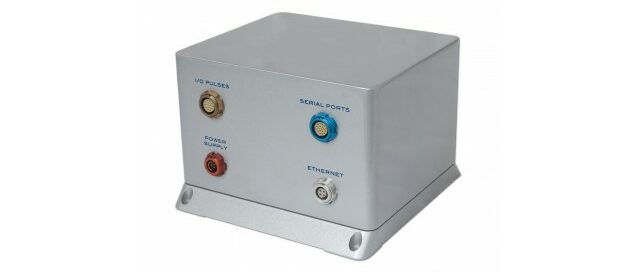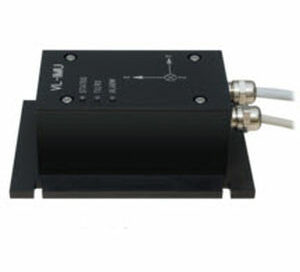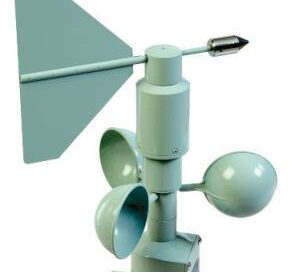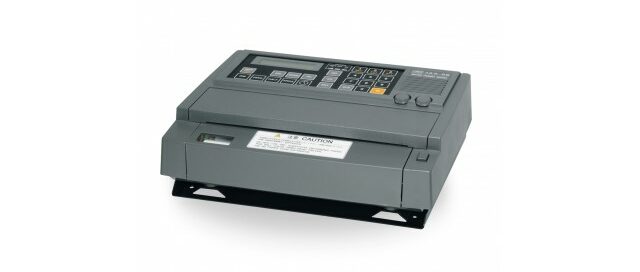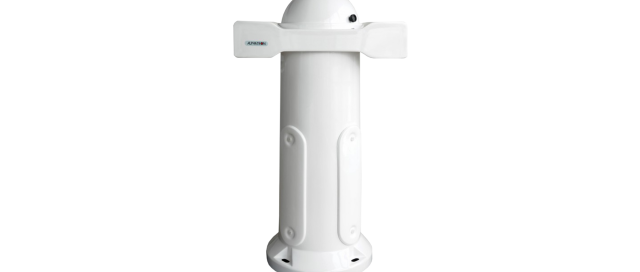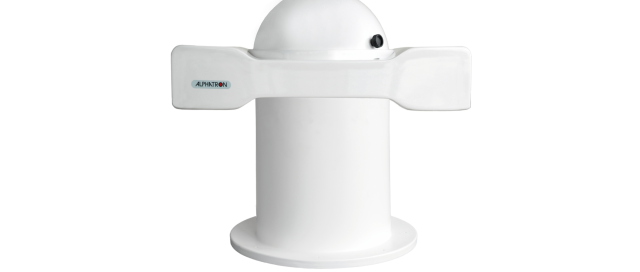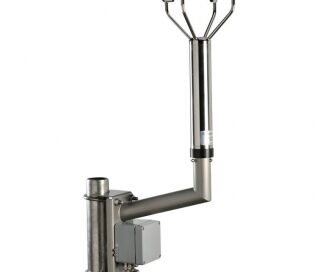Quadrans
The Fiber-optic Gyro offers a high-performance compact strap down fiber-optic gyrocompass and Inertial Measurement Unit (IMU) for navigation and control of ships, submersible vessels and autonomous vehicles. Fiber-optic Gyro is a gyrocompass (FOG) and attitude heading reference system (AHRS) which will seamen provide a very accurate read-out of important data for navigation purpose. The fiber-optic gyrocompass has no moving parts and is therefore maintenance free. It has already been equipped to thousands of ships, submersible vessels and autonomous vehicles engaged in civil and military applications. The fiber optic gyro compass is both a fiber-optic survey-grade IMO certified gyrocompass and a Motion Reference Unit for marine applications. Quadrans is certified to meet the requirements of the International Marine Organization (IMO and IMO HSC) for gyrocompass. The core of the fiber optic gyro compass is a compact strap down Inertial Measurement Unit (IMU) which contains three accelerometers, three fiber-optic gyroscopes and a real-time computer. This unit computer is a Digital Signal Processor (DSP) chip enabling complex real-time computation.

